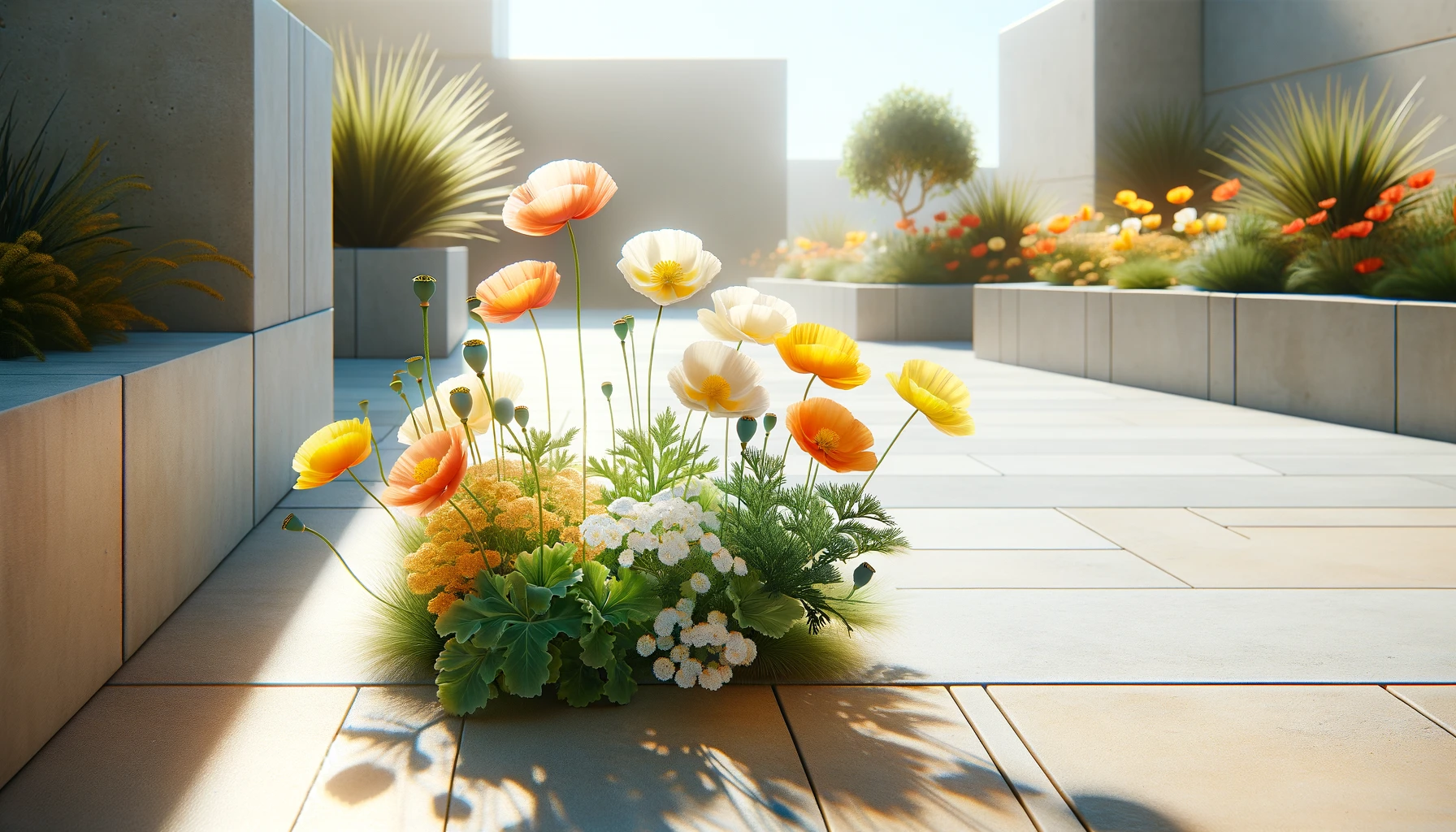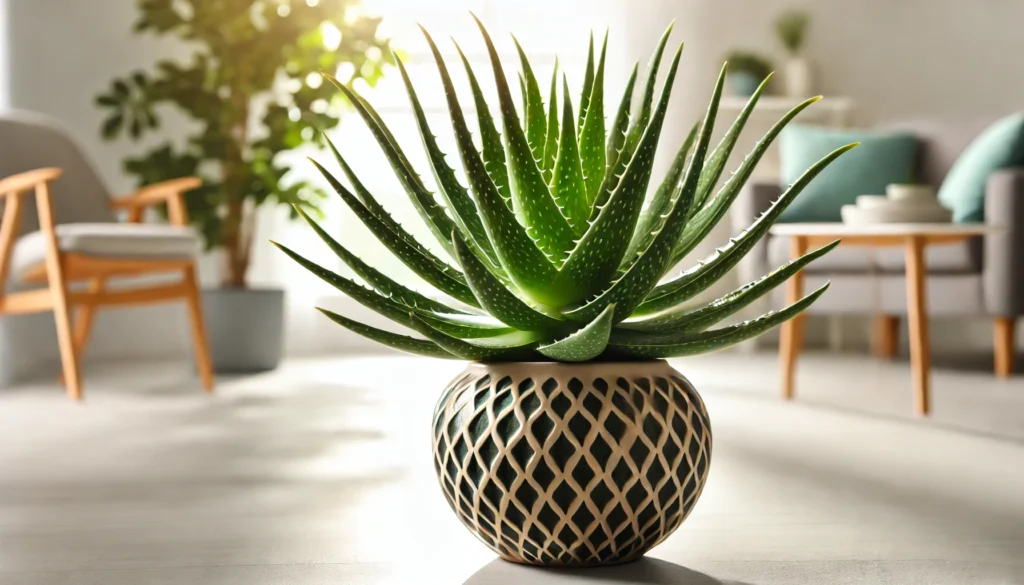
The Iceland Poppy (Papaver nudicaule) is a delightful flowering plant known for its strikingly vibrant blooms in shades of orange, yellow, white, and pink. Despite its name, this poppy does not originate from Iceland but hails from the subarctic regions of Asia and North America. Classified as a short-lived perennial, it often behaves as an annual or biennial in garden settings. Growing up to 1 to 2 feet (30 to 60 cm) in height, the Iceland Poppy is a wonderful addition to any garden due to its delicate beauty and resilience in cooler climates.
History and Ideal Growing Conditions
The Iceland Poppy has a long history of cultivation, prized for its ability to thrive in cooler temperatures and produce stunning blooms in harsh climates. It became a popular garden plant in Europe during the 19th century and has since found its place in gardens worldwide.
For the best results, plant Iceland Poppies in cooler climates or during cooler seasons. They prefer full sun and well-drained soil. They are quite hardy and can tolerate temperatures as low as 40°F (4°C) but thrive in temperatures between 55°F and 65°F (13°C to 18°C). Ensure they have protection from intense summer heat, which can cause them to wilt or die back prematurely.
Toxicity and Pets
The Iceland Poppy is unfortunately toxic to both humans and pets, particularly dogs, cats, and horses. The entire plant contains toxic alkaloids that can cause vomiting, lethargy, and other serious symptoms if ingested by animals.
Safe Alternative Plants
If you’re concerned about pets, consider non-toxic alternatives like:
- Cornflower (Centaurea cyanus) – This annual plant produces beautiful blue flowers and is safe for pets.
- Sunflower (Helianthus annuus) – A popular choice with large, sunny blooms that pose no risk to your pets.
Best Practices for Caring for Iceland Poppies
Caring for Iceland Poppies can be relatively simple as long as you provide the right environment and care routine. With proper attention, these plants can reward you with stunning blooms that brighten your garden.
Watering and Humidity
Iceland Poppies prefer moderate watering. Keep the soil evenly moist but not soggy. Water them at the base, avoiding the leaves and flowers, especially in humid environments, to prevent mold or mildew. Be mindful of overwatering, as this can cause root rot. As a general rule, water when the top 1 inch (2.5 cm) of soil feels dry to the touch.
Soil, Light, and Temperature
These poppies thrive in well-drained, slightly sandy soil with a neutral to slightly acidic pH. Choose a spot that receives full sun, though partial shade in very hot climates can help prevent heat stress. Iceland Poppies prefer cooler temperatures, so they do best in the spring and fall in temperate regions. Keep the temperature between 55°F and 65°F (13°C to 18°C) for optimal growth.
Fertilizing
Fertilizing Iceland Poppies is relatively simple. Use a balanced, slow-release fertilizer once in the early spring. This will help promote healthy growth without overwhelming the plant. Avoid over-fertilizing, as too much can lead to leggy growth and reduced flowering.
Common Problems and Remedies
Iceland Poppies are generally low-maintenance but can face a few common issues. Root rot is a common problem when they are overwatered or grown in poorly draining soil. Ensure that your soil drains well, and avoid overwatering. Another issue can be powdery mildew, especially in humid conditions. To combat this, ensure proper air circulation around the plants and avoid watering the foliage.
Pruning Iceland Poppies
Pruning helps keep your Iceland Poppies healthy and encourages more blooms throughout the growing season. Prune in early spring before new growth appears or in late summer after the blooming period ends.
Tools Needed
Use clean, sharp pruning shears to avoid damaging the plant. Always sanitize your tools with rubbing alcohol or a bleach solution to prevent the spread of disease.
Identify Areas to Trim
Remove about one-third of the plant’s growth to keep it healthy. Focus on any leggy, weak, or spent blooms. Trimming away excess foliage can improve airflow and reduce the risk of mildew.
Deadheading
Deadheading is essential for extending the blooming season. Remove spent flowers by cutting the stems just above the nearest set of healthy leaves.
Prune Leggy Growth
If your poppies become too tall or leggy, trim back the stems to encourage bushier growth. This also helps prevent the plants from toppling over.
Remove Damaged or Diseased Leaves
Cut away any yellowing or damaged leaves. This prevents the spread of disease and keeps your plant looking tidy.
Shape the Plant
Shape the plant by trimming away excess growth, especially if it’s encroaching on other plants. Keep the natural shape of the plant in mind to avoid over-pruning.
Post-Pruning Care
After pruning, water the plant lightly and ensure it has good airflow. Keep the soil slightly moist to promote recovery.
Propagation and Benefits
Iceland Poppies can be propagated by seed, which is the easiest method. Sow seeds in the fall or early spring directly into the garden. Lightly cover them with soil, and water gently. Seeds typically germinate within 14 to 21 days. Propagation by division is also possible, but it is less common due to the plant’s delicate root system.
The benefits of Iceland Poppies go beyond their beauty. They attract pollinators like bees and butterflies, helping to support your local ecosystem.
Final Thoughts
The Iceland Poppy is a striking and resilient plant that can add vibrant color to your garden with relatively low maintenance. While toxic to pets, with proper care and attention, it can be a beautiful addition to your landscape. Just remember to provide the right growing conditions, prune regularly, and be mindful of any pets that may roam your garden.
Stay connected with the world of plants! Subscribe to Phylofy for expert gardening tips, DIY projects, and eco-friendly inspiration. Join our community and nurture your love for nature. Don’t miss exclusive content and updates. Subscribe now!



